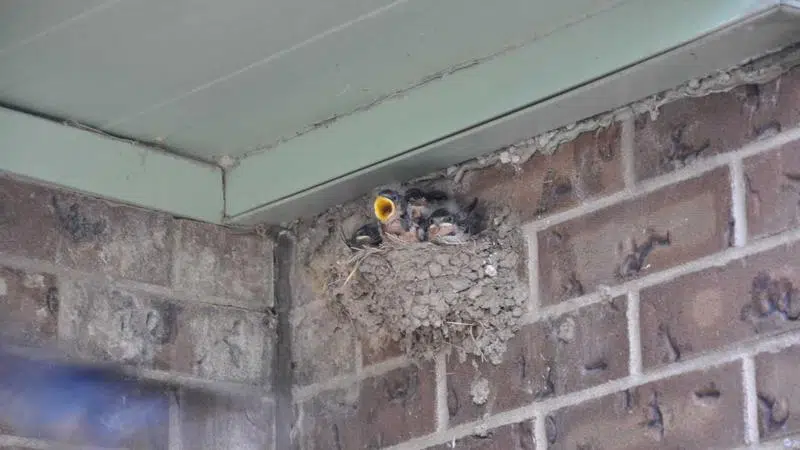
Changes can help at-risk species
The issue of species preservation is a topic on the world stage after the release of a United Nations report showed the world could lose one million species over the next several decades.
Prince Albert National Park is home to about eight species at risk, one of them being the barn swallow, an insect eating bird.
Norman Stolle, a resource conservation manager at the park, explained there are a variety of factors which have hurt the swallow’s population numbers since the 1960s.


